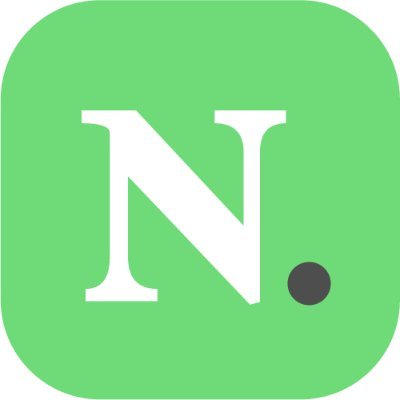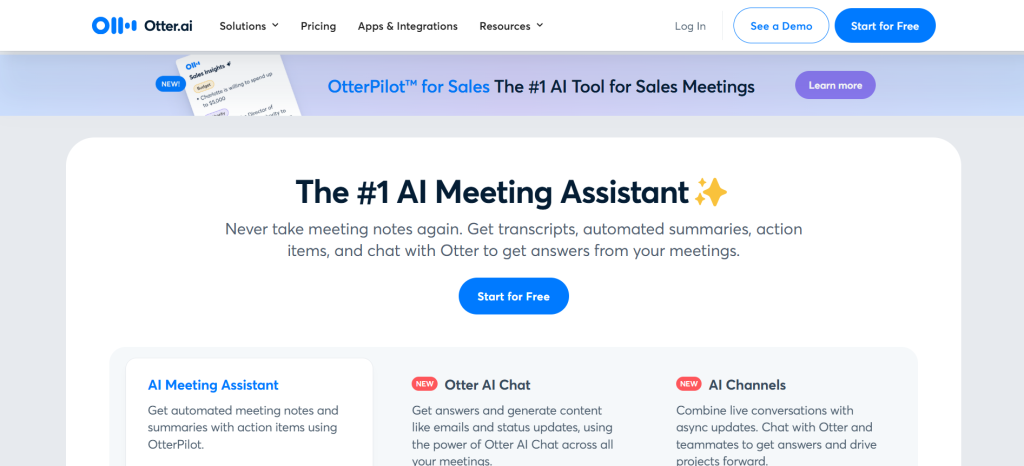
Imagine sitting in a meeting, fully engaged, and not worrying about missing key points. Or think about attending a lecture where every word is captured effortlessly, allowing you to focus solely on the content being delivered. Welcome to the world of Otter.ai – AI Meeting Note Taker & Real-time AI Transcription.
This innovative tool transforms how we document conversations and meetings. Gone are the days of frantic note-taking or struggling to recall important details later on. With Otter.ai, real-time transcription becomes your new best friend, streamlining your workflow and enhancing productivity like never before.
As we dive into what makes Otter.ai unique and explore its features, benefits, and potential applications across various settings—from business discussions to educational environments—you’ll quickly see why this technology is reshaping the future of note-taking. Get ready to discover how you can elevate your documentation game with this cutting-edge solution!
Features of Otter.ai
Otter.ai stands out with its powerful features that enhance the note-taking experience. One of its most impressive capabilities is real-time transcription. Users can see text generated as conversations unfold, ensuring no important details are missed.
The platform also supports speaker identification. This means you can easily track who said what during meetings or discussions, making it simpler to reference later.
Another significant feature is the ability to integrate seamlessly with popular video conferencing tools like Zoom and Microsoft Teams. This integration allows users to capture transcripts automatically during virtual meetings without any extra effort.
Collaboration is made easy too; team members can comment on notes and highlight key sections for future reference. The search functionality within Otter.ai enables quick access to specific phrases or topics, streamlining information retrieval even further.
These features collectively redefine how we approach note-taking in various environments.
Benefits of Real-Time Transcription
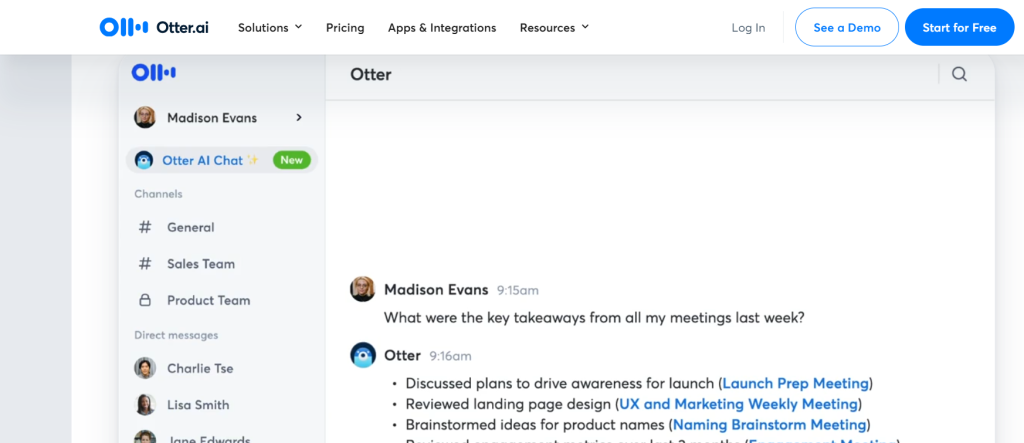
Real-time transcription transforms how we capture information. This technology allows users to focus on discussions rather than scrambling to take notes. It eases cognitive load, freeing up mental space for critical thinking and engagement.
With automatic punctuation and speaker identification, clarity is enhanced. Transcribed text becomes a valuable reference point that’s easy to revisit later.
Collaboration also sees an uplift; teams can access the same information instantly, ensuring everyone stays aligned during meetings or lectures.
Moreover, inclusivity benefits significantly from this advancement. Individuals who may struggle with traditional note-taking due to disabilities can participate more fully in conversations without barriers.
The integration of real-time transcription into daily routines fosters efficiency and accuracy in capturing ideas while promoting a culture of shared knowledge among peers.
How Otter.ai Can Improve Note-Taking in Various Settings (Business, Education, Interviews, etc.)
Otter.ai transforms note-taking across various settings, making it more efficient and effective. In business meetings, team members can focus on discussions rather than scrambling to jot down every detail. The instant transcription captures key points for later reference.
In educational environments, students benefit immensely from real-time transcripts of lectures. This allows them to engage fully with the material without worrying about missing important information. They can revisit complex topics anytime.
Interviews also see a significant improvement. Interviewers can concentrate on the conversation while Otter.ai captures nuances in responses that might be overlooked otherwise. This leads to richer insights and better hiring decisions.
Social events or brainstorming sessions become less chaotic when participants don’t need to take notes manually. Otter.ai fosters a collaborative atmosphere where ideas flow freely, knowing they will be recorded accurately for future use.
Comparison with Traditional Note-Taking Methods
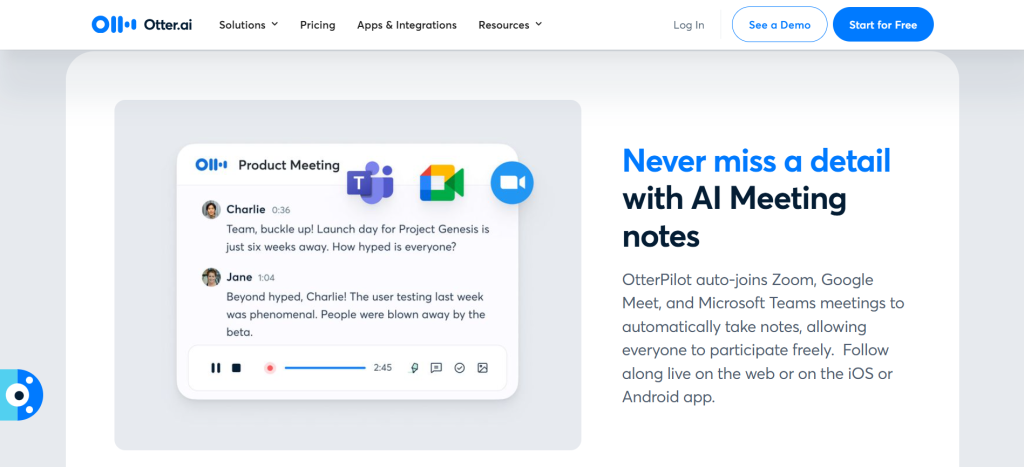
Traditional note-taking methods often rely on handwriting or typing, which can be limiting. They require full attention and can lead to missed details.
With pen and paper, the speed of writing is a common challenge. Many people struggle to keep up with fast-paced discussions or lectures. As a result, important information may be lost.
Typing on a laptop has its own set of issues. Distractions from notifications or multitasking can hinder focus and retention. This method also lacks the ability to capture tone and nuances in conversations effectively.
Otter.ai changes this dynamic significantly. It transcribes spoken words in real-time, allowing users to concentrate fully on dialogue rather than scrambling for notes. The technology captures every word accurately while providing searchable transcripts afterward.
This shift not only enhances productivity but also ensures that no critical points go unnoticed during meetings or lectures.
Real-Life Examples and Success Stories
Many professionals have embraced Otter.ai for its remarkable efficiency. A marketing team recently shared how they transformed their brainstorming sessions. Instead of scrambling to jot down every idea, they let Otter.ai capture the conversation in real time. This allowed them to focus on creativity rather than note-taking.
In the education sector, a professor utilized Otter.ai during lectures. Students appreciated having instant access to transcripts after class, which enhanced their study routines and retention of information.
Even journalists are seeing benefits. One reporter used Otter.ai while conducting interviews, allowing them to engage more deeply with sources instead of worrying about missing key quotes or details.
These stories illustrate how diverse fields leverage this innovative tool not just for convenience but also for enhancing collaboration and learning experiences in ways traditional methods couldn’t achieve.
Potential Challenges and Limitations of Using Otter.ai
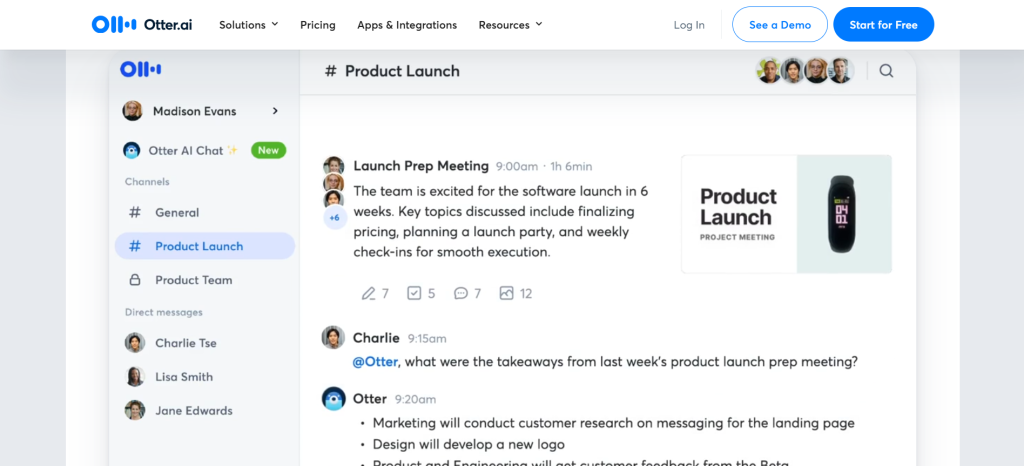
While Otter.ai offers impressive advantages, it does come with challenges. One notable limitation is accuracy. Background noise can interfere with transcription quality, leading to errors.
Another issue arises from technical dependencies. Users need a reliable internet connection and functional devices for seamless operation. Any disruption can hinder the note-taking process.
Privacy concerns also exist. Sensitive conversations may require caution since recorded data could be vulnerable if not properly secured.
Additionally, some users might find it challenging to adapt to automated systems after years of traditional methods. There’s an adjustment period when transitioning from handwritten notes to digital formats.
Understanding how to effectively utilize all features may overwhelm new users initially, potentially limiting their overall experience and efficiency in real-time transcription tasks.
Future Developments and Possibilities for Otter.ai
The future of Otter.ai looks promising, with advancements in AI technology driving new possibilities. Enhanced accuracy and contextual understanding are on the horizon. This means even more reliable transcriptions that capture nuances in conversations.
Integrating Otter.ai into various applications could transform how we collaborate. Imagine seamless integration with popular apps like Zoom or Microsoft Teams, allowing for automatic note-taking during meetings without any extra steps.
Another exciting development is the potential for multilingual support. As global communication becomes essential, being able to transcribe and translate notes in real time would be a game changer.
User-driven features might evolve as well. Suggestions based on previous interactions could personalize experiences further while boosting productivity.
Otter.ai may also leverage machine learning to provide insights from transcripts, turning raw data into actionable intelligence for businesses and individuals alike. The journey ahead promises innovation that enhances our everyday tasks.
Conclusion
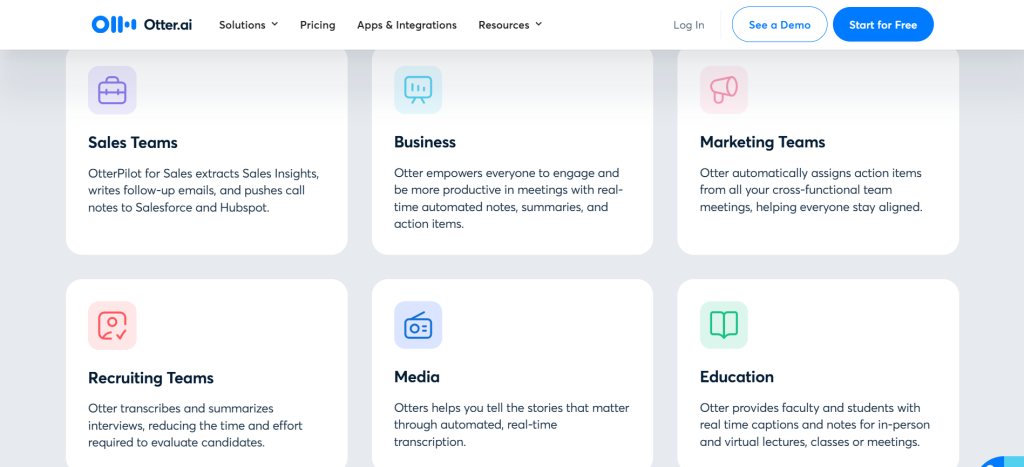
As we navigate the evolving landscape of technology, Otter.ai emerges as a powerful tool transforming how we capture and process information. Its innovative features make it an essential resource for anyone looking to streamline their note-taking experience.
With real-time transcription capabilities, users can focus on conversations instead of scrambling to jot down notes. This efficiency is invaluable in various settings—be it business meetings, educational lectures, or interviews.
Though traditional methods have their place, they often fall short in speed and accuracy compared to what Otter.ai offers. The app’s success stories highlight its effectiveness across diverse situations and industries.
While there are challenges to consider when adopting new technologies like Otter.ai, such as reliance on internet connectivity or learning curves associated with any software adoption, the potential benefits far outweigh these obstacles.
Looking ahead, advancements in AI promise even more exciting developments for Otter.ai. As it continues to evolve alongside user needs and technological trends, one thing remains clear: this smart meeting note taker is poised to revolutionize how we approach information gathering and retention in our daily lives.


